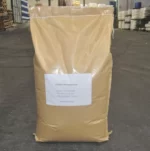
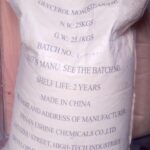

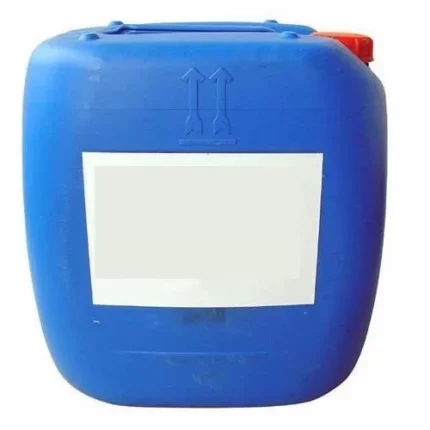
Glycerol Monostearate GMS
$0.01 Original price was: $0.01.$0.00Current price is: $0.00.
Glycerol Monostearate GMS Uses
Primary Uses of Glycerol Monostearate
These are applications where GMS is intentionally added for its functional properties.
1. Food Industry (Most Common Use)
- Emulsifier– Helps mix oil and water in products like:
- Ice cream (prevents ice crystal formation)
- Bread & cakes (improves texture and volume)
- Margarine & spreads (ensures smooth consistency)
- Stabilizer & Thickener– Used in:
- Whipped cream (improves foam stability)
- Processed cheeses (prevents oil separation)
- Anti-Staling Agent– Extends shelf life in baked goods by retaining moisture.
- Clouding Agent– Used in beverages (e.g., fruit drinks) for a uniform appearance.
2. Pharmaceutical & Nutraceutical Applications
- Tablet & Capsule Binder– Improves drug dissolution and powder compaction.
- Emulsion Stabilizer– Used in ointments, creams, and lotions.
- Controlled-Release Agent– Helps in slow drug delivery formulations.
3. Cosmetics & Personal Care
- Emulsifier in Creams & Lotions– Keeps oil and water phases mixed.
- Thickener in Shampoos & Conditioners– Enhances viscosity.
- Opacifying Agent– Gives a pearlescent effect in soaps and cleansers.
4. Industrial Uses
- Plasticizer in Plastics– Improves flexibility in PVC and other polymers.
- Lubricant in Metalworking– Used in cutting and molding processes.
Secondary Uses of Glycerol
These are cases where GMS is used in production but may not remain in the final product.
1. Food Processing
- Dough Conditioner (Temporary Use)– Helps in mixing but may break down during baking.
- Release Agent– Used in baking molds but mostly removed in the final product.
2. Pharmaceutical Manufacturing
- Wet Granulation Aid– Helps bind powders before compression (often evaporates or is removed).
- Coating Agent (Temporary)– Used in tablet film-coating but not always present in the final pill.
3. Industrial Processing
- Mold Release Agent– Used in rubber and plastic manufacturing but not part of the final product.
- Intermediate Chemical– Used in synthesizing other esters but consumed in the reaction.
| APPEARANCE |
Flaky – Thin, layered fragments e.g., graphite flakes ,Powdery – Fine, dry particles e.g., baking soda |
|---|---|
| CONCENTRATION |
40% ,50% |
| AVAILABLE PACK SIZE |
25kg( Metal or Plastic Jerrycan/ Bucket, Bag, Box, Polythene bag, Carton bag) |
- Basic Identification Attributes
- Chemical Name (IUPAC): 2,3-dihydroxypropyl octadecanoate
- Common/Trade Name: Glycerol Monostearate (GMS), Monostearin, Glyceryl Stearate
- CAS Number: [123-94-4] (pure), [31566-31-1] (commercial blend)
- HS Code: 2915.70.00 (Esters of glycerol)
- Molecular Formula: C₂₁H₄₂O₄
- Synonyms:
- Octadecanoic acid, monoester with 1,2,3-propanetriol
- Stearic acid monoglyceride
- GMS 40, GMS 90 (purity grades)
- Physical & Chemical Properties
- Physical State: White to cream-colored waxy solid or powder
- Color & Odor: Off-white; faint fatty odor
- Melting Point: 56–60°C (commercial grade, blends)
- Boiling Point: Decomposes before boiling
- Density/Specific Gravity: ~0.97 g/cm³
- Solubility:
- Insoluble in water (forms hydrates)
- Soluble in ethanol, acetone, chloroform, and hot oils
- pH Level: Neutral (~6–7 in suspension)
- Vapor Pressure: Negligible (non-volatile)
- Flash Point: >150°C (non-flammable)
- Autoignition Temperature: Not applicable (decomposes first)
- Viscosity: Semi-solid at room temperature
- Safety & Hazard Attributes
- Hazard Class (GHS): Generally non-hazardous; may cause:
- Eye Irritation (GHS Category 2B)
- Skin Irritation (prolonged contact)
- NFPA Ratings:
- Health: 1 (slight irritation)
- Flammability: 1 (high flash point)
- Reactivity: 0
- Exposure Limits:
- OSHA PEL/ACGIH TLV: Not established (low toxicity)
- Reactivity:
- Stable under normal conditions
- Avoid strong oxidizers (e.g., peroxides)
- Storage & Handling Attributes
- Storage Conditions:
- Cool, dry place (<30°C)
- Keep away from moisture (hygroscopic)
- Incompatible Materials:
- Strong acids, bases, and oxidizers
- Container Type:
- Plastic (HDPE) or lined paper bags
- Shelf Life: 2–3 years if sealed
- Special Handling:
- Use gloves/eye protection to avoid dust irritation
- Regulatory & Compliance Attributes
- Regulatory Status:
- FDA: GRAS (21 CFR 184.1324) for food
- EU: Approved as food additive (E471)
- REACH: Registered
- Hazard Symbols (GHS): None (non-hazardous)
- Transportation Restrictions:
- UN Number: None
- Packaging Group: Not regulated
- Waste Disposal:
- Landfill or incineration (follow local regulations)
- Environmental & Health Impact
- Ecotoxicity:
- Low toxicity (LD50 > 5000 mg/kg in rats)
- Persistence:
- Slowly biodegradable
- Carcinogenicity:
- IARC/OSHA: Not classified
- Biodegradability:
- ~70% in 28 days (OECD 301)
Personal Protective Equipment (PPE):
- Gloves(nitrile or latex) to prevent skin contact.
- Safety gogglesif handling powdered form to avoid eye irritation.
- Lab coat or apronto prevent contamination.
Ventilation:
- Use in a well-ventilated areato avoid dust inhalation (if powdered).
- Local exhaust ventilation may be needed for large-scale processing.
Handling & Storage:
- Store in a cool, dry placeaway from moisture and strong oxidizers.
- Keep away from open flames and heat sources(melting point ~55-65°C).
- Avoid generating dust (if powdered) to prevent inhalation risks.
Hygiene Measures:
- Wash hands thoroughly after handling.
- Avoid eating, drinking, or smoking in the work area.
Inhalation (Dust Exposure):
- Move to fresh airif dust is inhaled.
- If respiratory irritation occurs, seek medical attention.
Skin Contact:
- Wash with soap and water.
- If irritation develops, apply a moisturizer or seek medical advice.
Eye Contact:
- Rinse immediately with plenty of waterfor at least 15 minutes.
- Seek medical attention if irritation persists.
Ingestion:
- Rinse mouth with water.
- Do NOT induce vomiting.
- If large amounts are ingested, seek medical help (unlikely to be toxic, but may cause gastrointestinal discomfort).
Flammability:
- GMS is combustiblewhen exposed to high heat (not highly flammable).
- May melt and release vapors when heated.
Extinguishing Media:
- Water spray, foam, dry chemical (ABC powder), or CO₂
- For large fires, use water fogto cool containers.
Firefighting Precautions:
- Wear self-contained breathing apparatus (SCBA)due to potential decomposition fumes.
- Avoid direct water jetson molten GMS (may spread fire).
Hazardous Combustion Products:
- May produce carbon monoxide (CO), carbon dioxide (CO₂), and acrid smokeif burned.
- Ensure proper ventilation during firefighting.


 Emollients
Emollients Humectants
Humectants UV Filters
UV Filters Surfactants (cosmetic)
Surfactants (cosmetic) Preservatives (cosmetic)
Preservatives (cosmetic) Fragrances and Essential Oils
Fragrances and Essential Oils Antioxidants (cosmetics)
Antioxidants (cosmetics)
 Solvents (lab)
Solvents (lab) Chromatography Chemicals
Chromatography Chemicals Microbiology and Cell Culture Reagents
Microbiology and Cell Culture Reagents Biochemical Reagents
Biochemical Reagents Inorganic and Organic Standards
Inorganic and Organic Standards Spectroscopy Reagents
Spectroscopy Reagents Molecular Biology Reagents
Molecular Biology Reagents
 Precious Metal Extraction Agents
Precious Metal Extraction Agents
 Plasticizers
Plasticizers Polymerization Initiators
Polymerization Initiators Stabilizers
Stabilizers Monomers
Monomers Fillers and Reinforcements
Fillers and Reinforcements Antioxidants (plastics)
Antioxidants (plastics) Colorants (plastic pigments,Dyes)
Colorants (plastic pigments,Dyes)
 Fertilizers
Fertilizers Plant Growth Regulators
Plant Growth Regulators Soil Conditioners
Soil Conditioners Animal Feed Additives
Animal Feed Additives Biostimulants
Biostimulants
 Dough Conditioners
Dough Conditioners Flour Treatments
Flour Treatments Fat Replacers
Fat Replacers Preservatives (baking)
Preservatives (baking)
 Surfactants (cleaning)
Surfactants (cleaning) Builders
Builders Bleaching Agents
Bleaching Agents Enzymes
Enzymes Solvents (cleaning)
Solvents (cleaning) Fragrances
Fragrances Disinfectant
Disinfectant Metal cleaning
Metal cleaning
 Binders/Resins
Binders/Resins Pigments
Pigments Solvents (paint)
Solvents (paint) Additives
Additives Driers
Driers Anti-Corrosion Agents
Anti-Corrosion Agents Specialty Coatings
Specialty Coatings Functional Coatings
Functional Coatings Application-Specific Coatings
Application-Specific Coatings
 Sealants and Adhesives
Sealants and Adhesives
 Biodegradable Surfactants
Biodegradable Surfactants Bio-based Solvents
Bio-based Solvents Renewable Polymers
Renewable Polymers Carbon Capture Chemicals
Carbon Capture Chemicals Wastewater Treatment Chemicals
Wastewater Treatment Chemicals
 Preservatives (food)
Preservatives (food) Flavor Enhancers
Flavor Enhancers Acidulants
Acidulants Sweeteners
Sweeteners Emulsifiers
Emulsifiers Antioxidants (food)
Antioxidants (food) Colorants (food)
Colorants (food) Nutrient Supplements
Nutrient Supplements Nutraceutical Ingredients
Nutraceutical Ingredients
 Fresh Herbs
Fresh Herbs Whole Spices
Whole Spices Ground Spices
Ground Spices Spice Blends
Spice Blends
 Surfactants(oil)
Surfactants(oil)
 Antibiotics
Antibiotics Active Pharmaceutical Ingredients
Active Pharmaceutical Ingredients Excipients
Excipients Vaccine Adjuvants
Vaccine Adjuvants Nutraceutical Ingredients
Nutraceutical Ingredients Solvents (pharmaceutical)
Solvents (pharmaceutical)
 Automotive chemicals
Automotive chemicals Pyrotechnic Chemicals
Pyrotechnic Chemicals


 Vulcanizing Agents
Vulcanizing Agents Accelerators & Retarders
Accelerators & Retarders Antidegradants
Antidegradants Reinforcing Agents
Reinforcing Agents Plasticizers & Softeners
Plasticizers & Softeners Fillers & Extenders
Fillers & Extenders Blowing Agents
Blowing Agents Adhesion Promoters
Adhesion Promoters


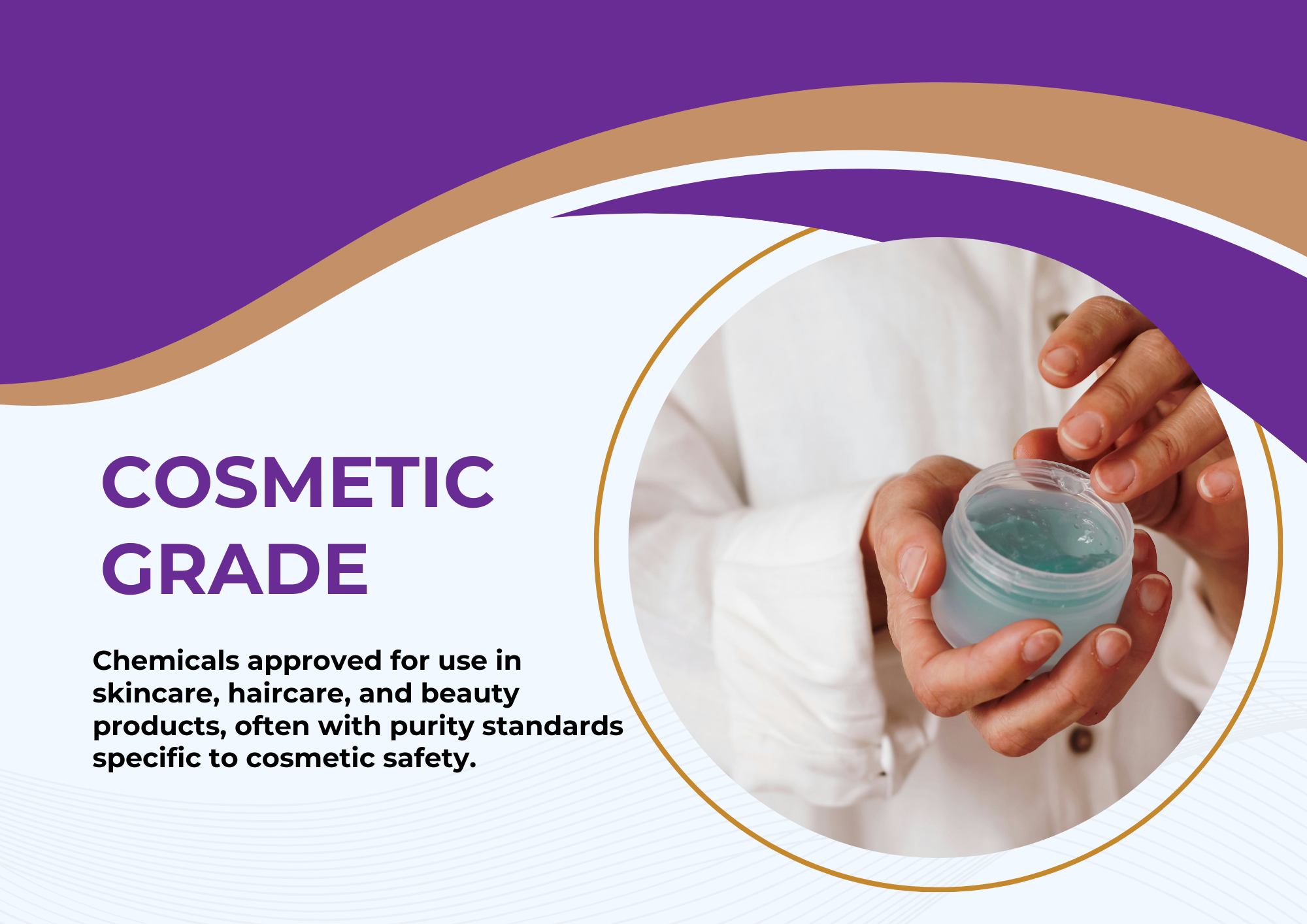
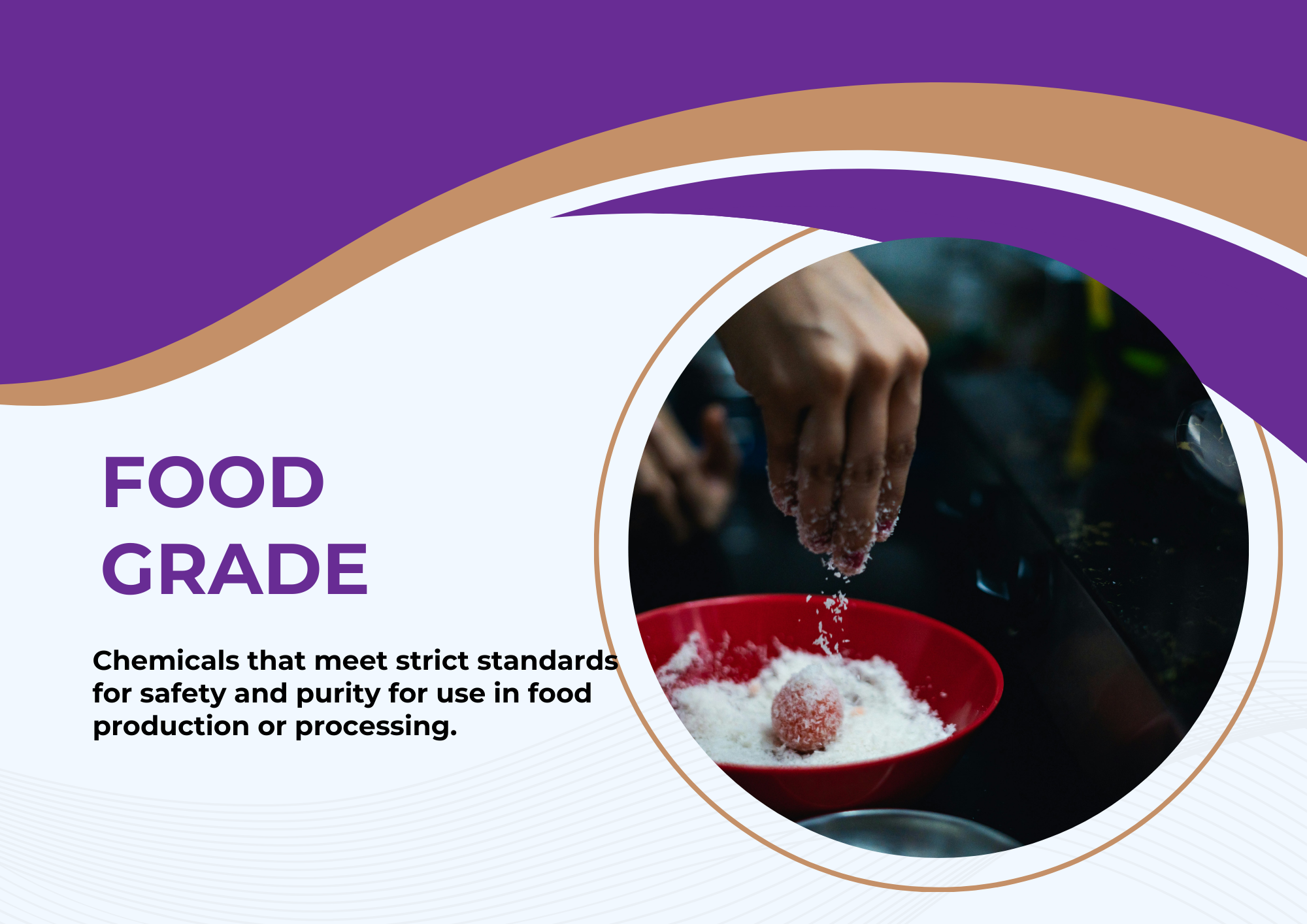


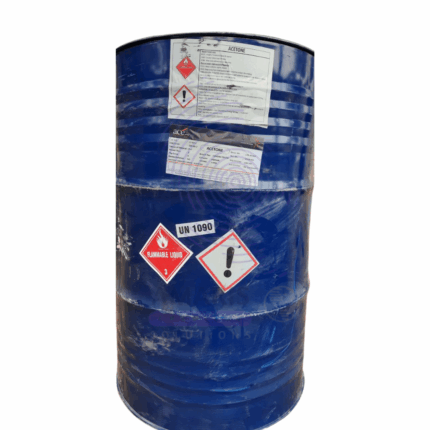

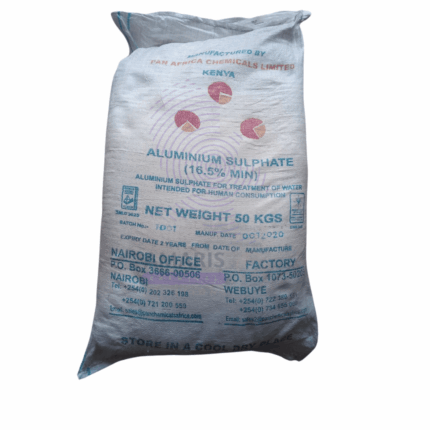
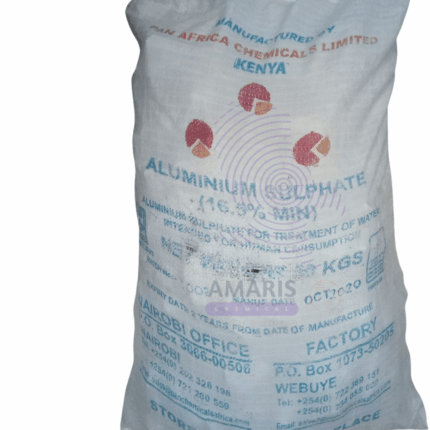

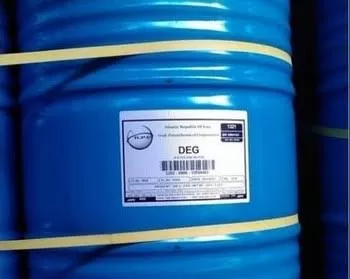
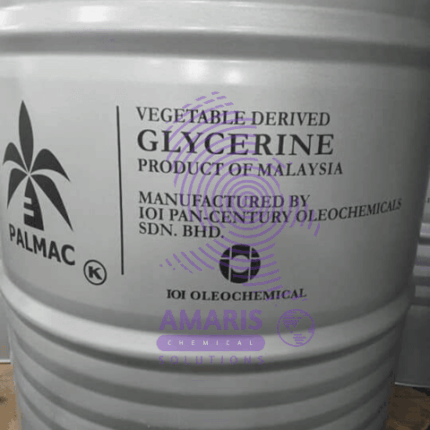
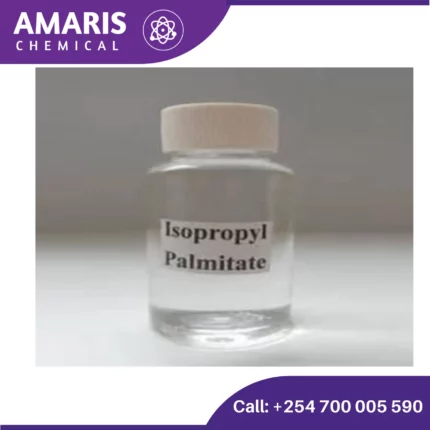
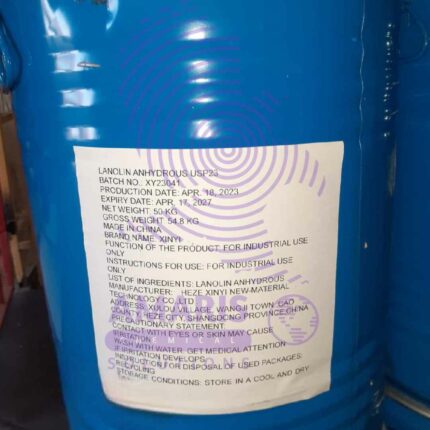
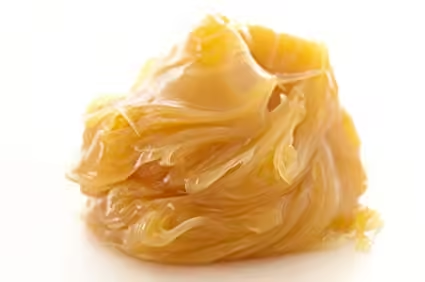
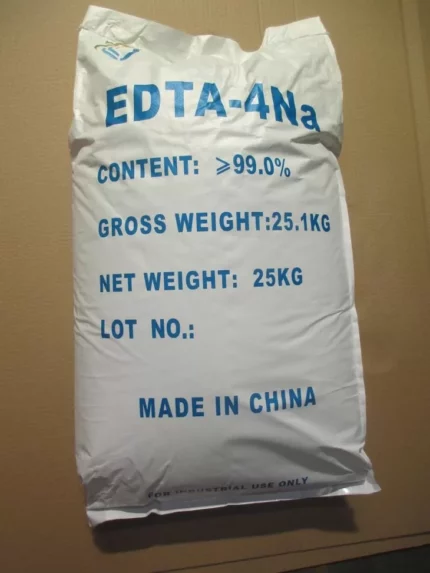













Reviews
There are no reviews yet.